10 Interesting Facts About Intelligent Giants
Elephants are very intelligent animals and their memory is so good that they could remember some things for life. They also show signs of sadness, joy, anger, they like to play… At the beginning of the 20th century, we knew for about 100 000 Asian and several millions of African elephants. Today, however, it is estimated that there are about 450 000 to 700 000 African elephants, while there are only about 35 000 – 40 000 Asian ones.Elephants are the largest terrestrial animals in the world, very beautiful and intelligent. But how much do you really know about them? Here are 10 interesting facts about elephants you probably didn't know.
1. Elephants are the largest terrestrial animals
Yes, you probably knew that, but perhaps you didn't know that the largest living male elephant was found in Angola in the mid 20th century and weighed about 11 000 kilograms and was 3,96 meters high, his foot print was about 3 feet. This specific elephant was discovered by a hunter named Joseph Fenykovi, who killed this male probably never realizing what he had done. Anyway, he gifted the elephant and it is still preserved in the National History Museum.
1 / 10
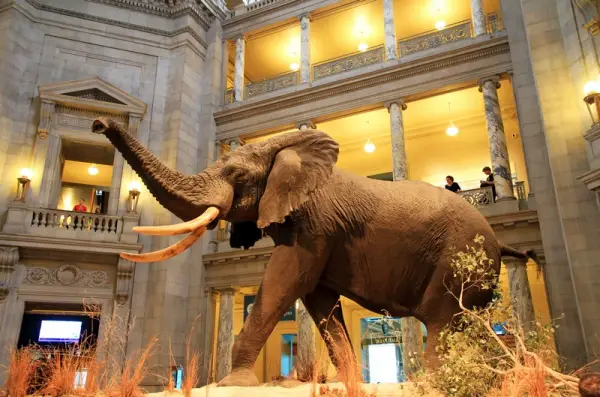
2. Only three living species
Today, in the whole world, there are only 3 different species of elephants – Asian, African and African forest elephant (also known as the Indian elephant). The numbers of these elephants are decreasing, so we should consider doing something about it, before they become extinct – like their ancestors deinotheres, gomphotheres, mammoths and mastodons.
2 / 10

3. A newborn elephant weighs 120 kilograms!
A newborn elephant weighs 120 kilograms, even though it looks small and fragile, comparing to the big one. It's grey from the moment it is born. Elephants usually live 50-70 years, and the oldest one known lived 82 years. Healthy adults have no natural predators, although lions may attack their babies or weak individual elephants.
3 / 10
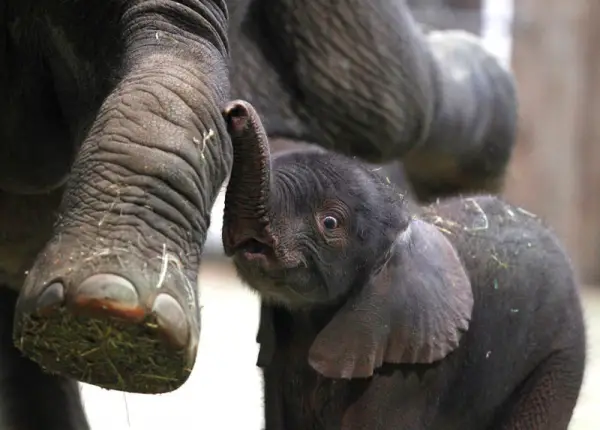
4. Elephant's trunks performances
Elephants' trunk is sensitive enough to pick a single blade of grass and strong enough to tear off a branch from a tree. The trunk is also used for drinking water, it can suck up to 14 liters of water, which is then transferred to the mouth. In addition, it's used for bathing, or “spraying” mud on themselves, in order to protect themselves from too much sun. Lately, we had an opportunity to see elephants using their trunk to create works of art. They also use it to “hold hands” or to pick up a tool for scratching their back.
4 / 10

5. Elephants' brain
With its weight of 5 kilograms, elephants brain is bigger than any other terrestrial animal's brain. A wide variety of behaviors related to intelligence, including reactions followed by grief, making music, art and altruism, playing, compassion and self-awareness are attributed to these beautiful giants. Recent discoveries have showed that elephants can communicate at a great distance by creating sub-sonic sound (rumbling) that can travel faster through the ground than through the air. Other elephants receive messages through the sensitive skin on their feet.
5 / 10
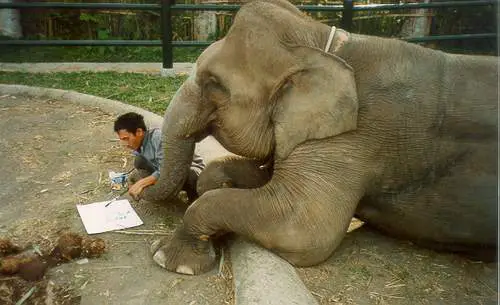
6. Elephants' social life
Elephants live in a structured social order. The social lives of male and female elephants are very different. The females spend their entire lives in tightly knit family groups consisting of mothers, daughters, sisters, grandmothers and aunts. These groups are mainly led by the oldest female. Adult males, on the other hand, live mostly solitary lives – after puberty, they live either alone or with other males in their herd.
6 / 10
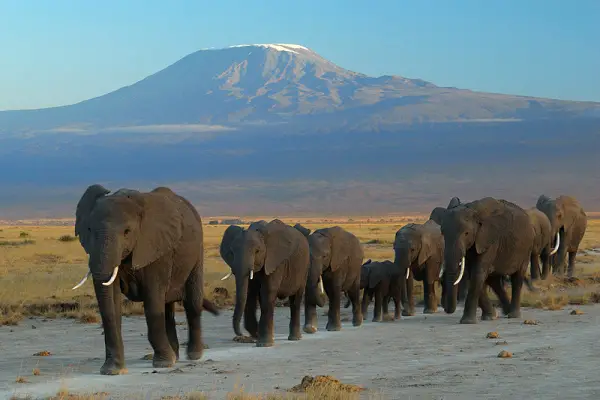
7. Elephants' tusks
Elephant tusks are other upper teeth. Tusks are constantly growing, and among adult males they grow up to 18 cm per year. Tusks are used to dig the ground in search of water, salt and roots. Also, to peel the crust from the trees, to move trees and branches when they want to clean the road ahead. In addition, they are used to mark trees and territory, and occasionally as weapons, too. Unfortunately, tusks are the main reason hunters chase them.
7 / 10
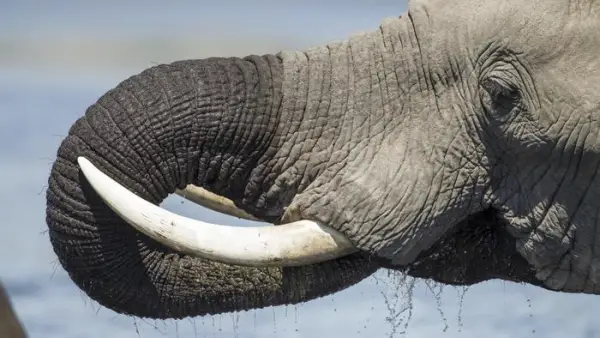
8. Ways of movement
Elephants swim quite well, but cannot trot, jump, or gallop. In fact, they have only two main ways of moving around: walking or walking fast which can be similar to running.
8 / 10
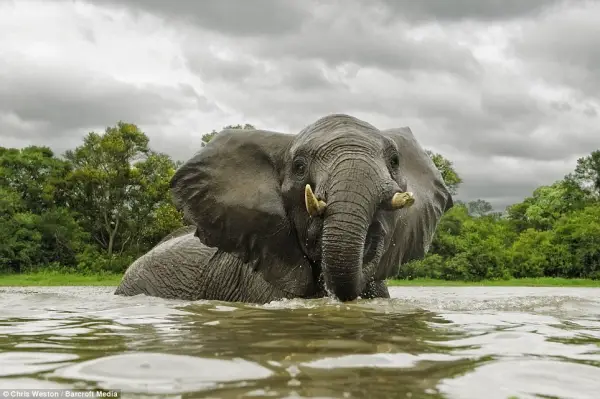
9. Where do elephants live?
African elephants are currently found in 37 countries in Africa. They are distinguished from Asian elephants in several ways, but the easiest way to recognize them is by looking at their ears, which are significantly higher. In addition to this, the African elephant is typically larger than the Asian one and has a concave back. Asian elephants are specific because only the males have tusks. When it comes to African ones, both males and females have them and they are usually less hairy than their Asian cousins.
9 / 10
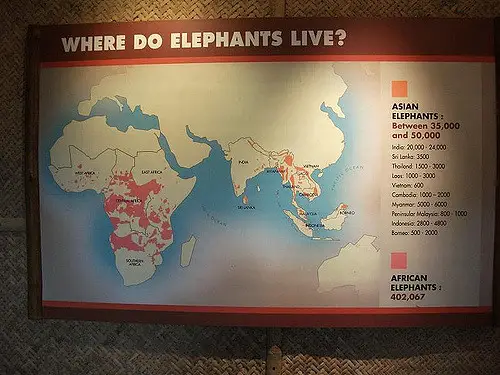
10. Elephants' diet
Elephants are herbivores and spend up to 16 hours a day eating plants. Their diet is very variable, both seasonally and regionally. Elephants primarily eat leaves, wood crust, and fruits of different trees and shrubs, but they also eat many kinds of grass and various plants.
10 / 10

Image sources:
bit.ly/2C3BCV6
bit.ly/2vAGRZI
bit.ly/2GVNEUt
